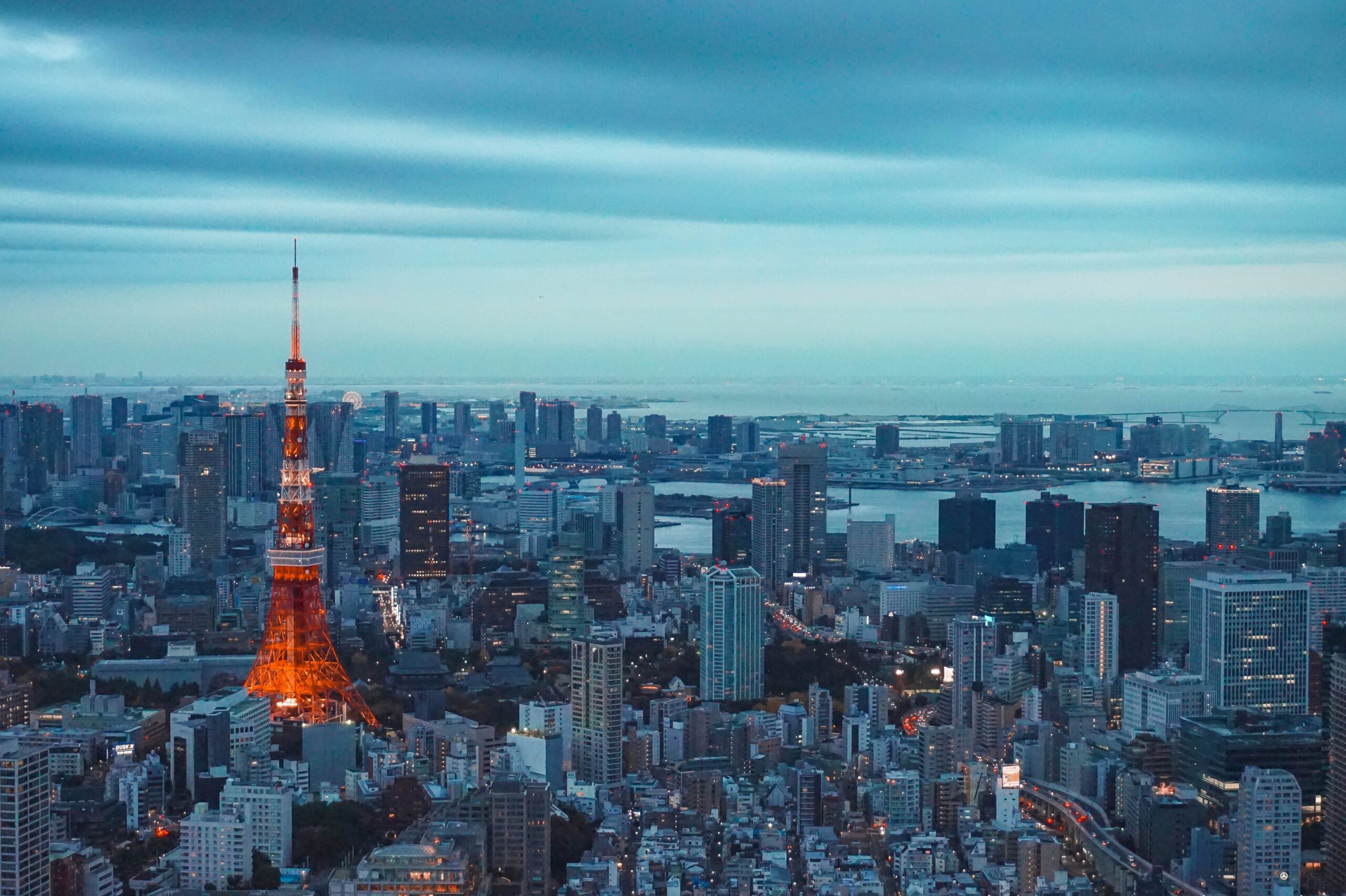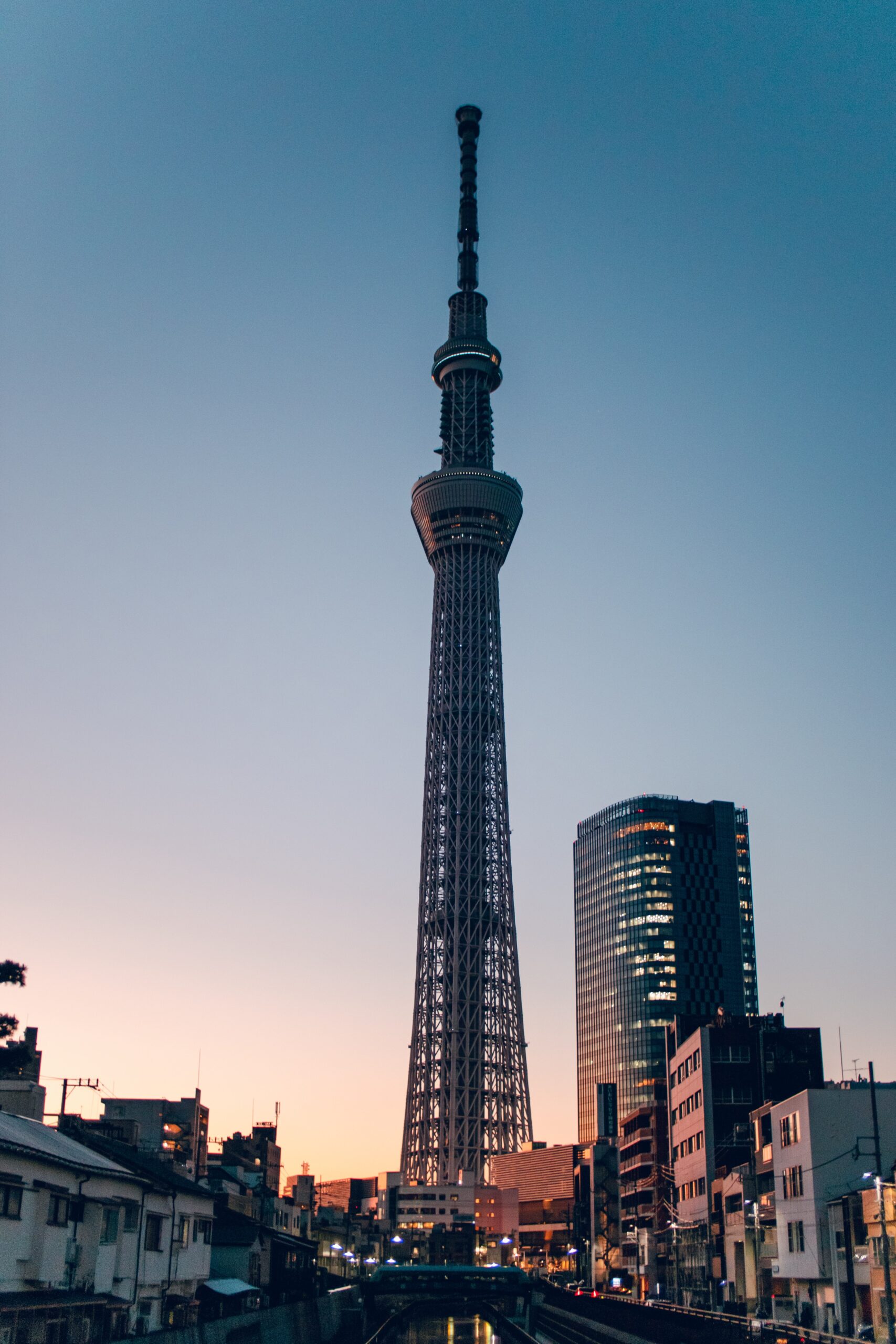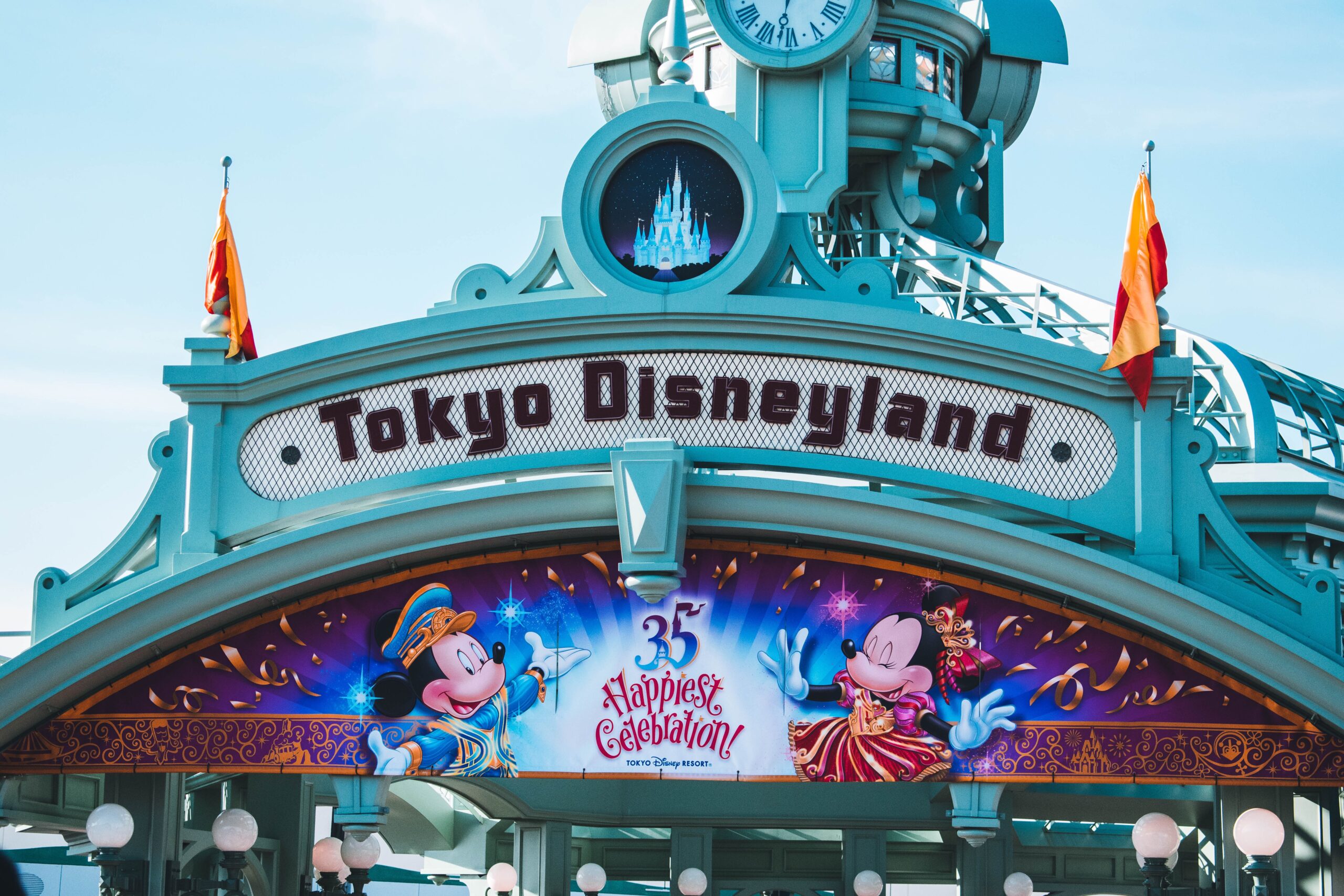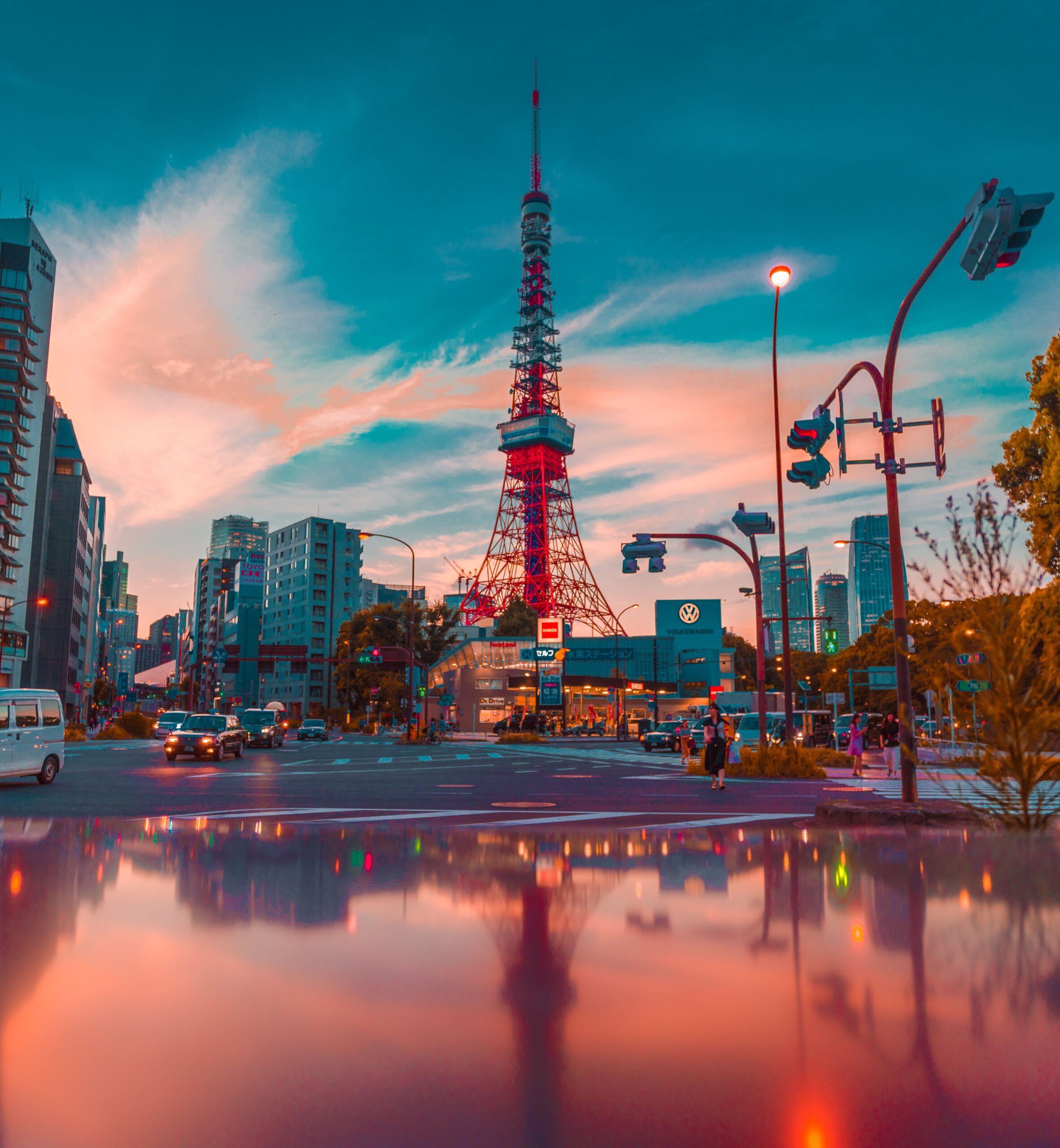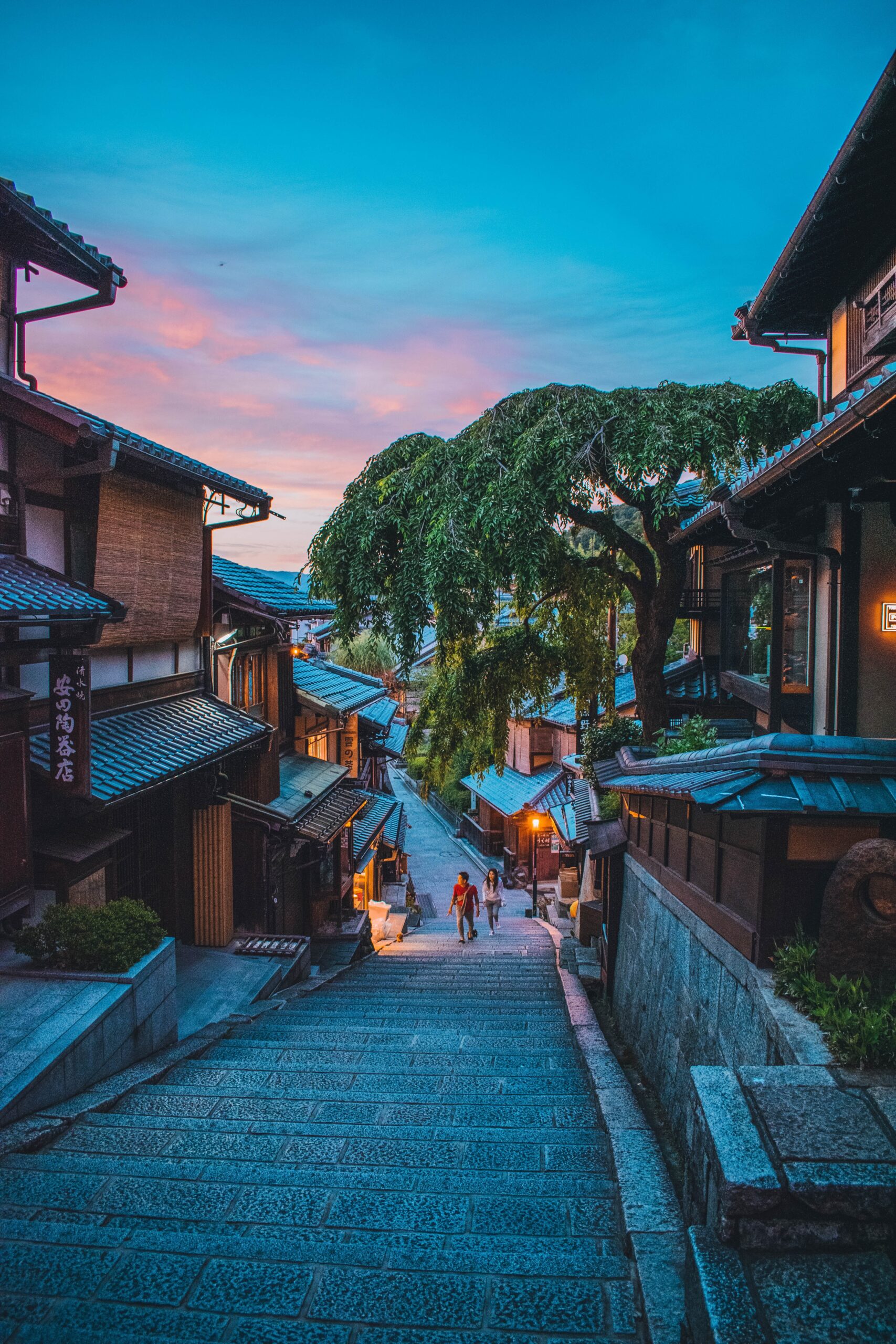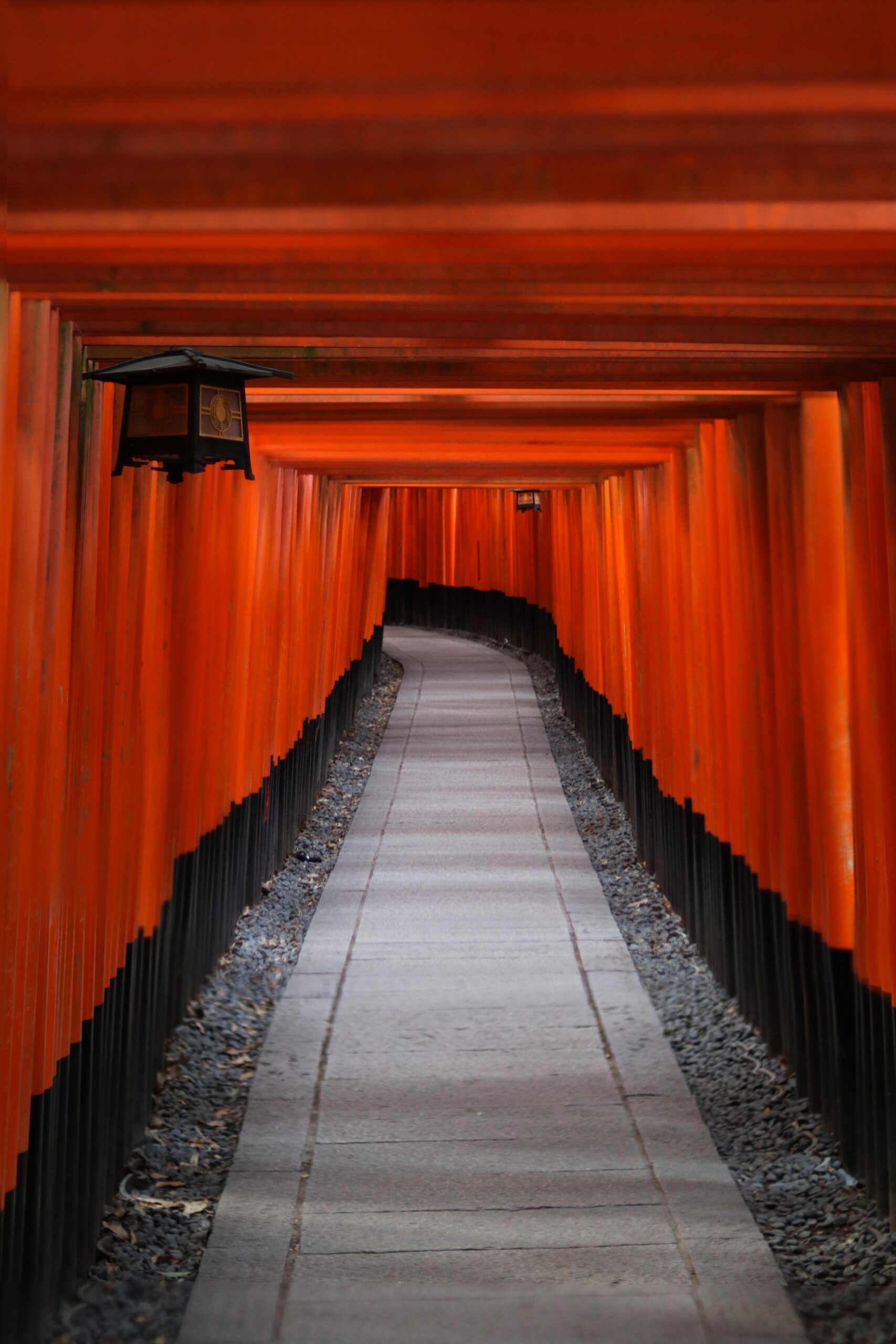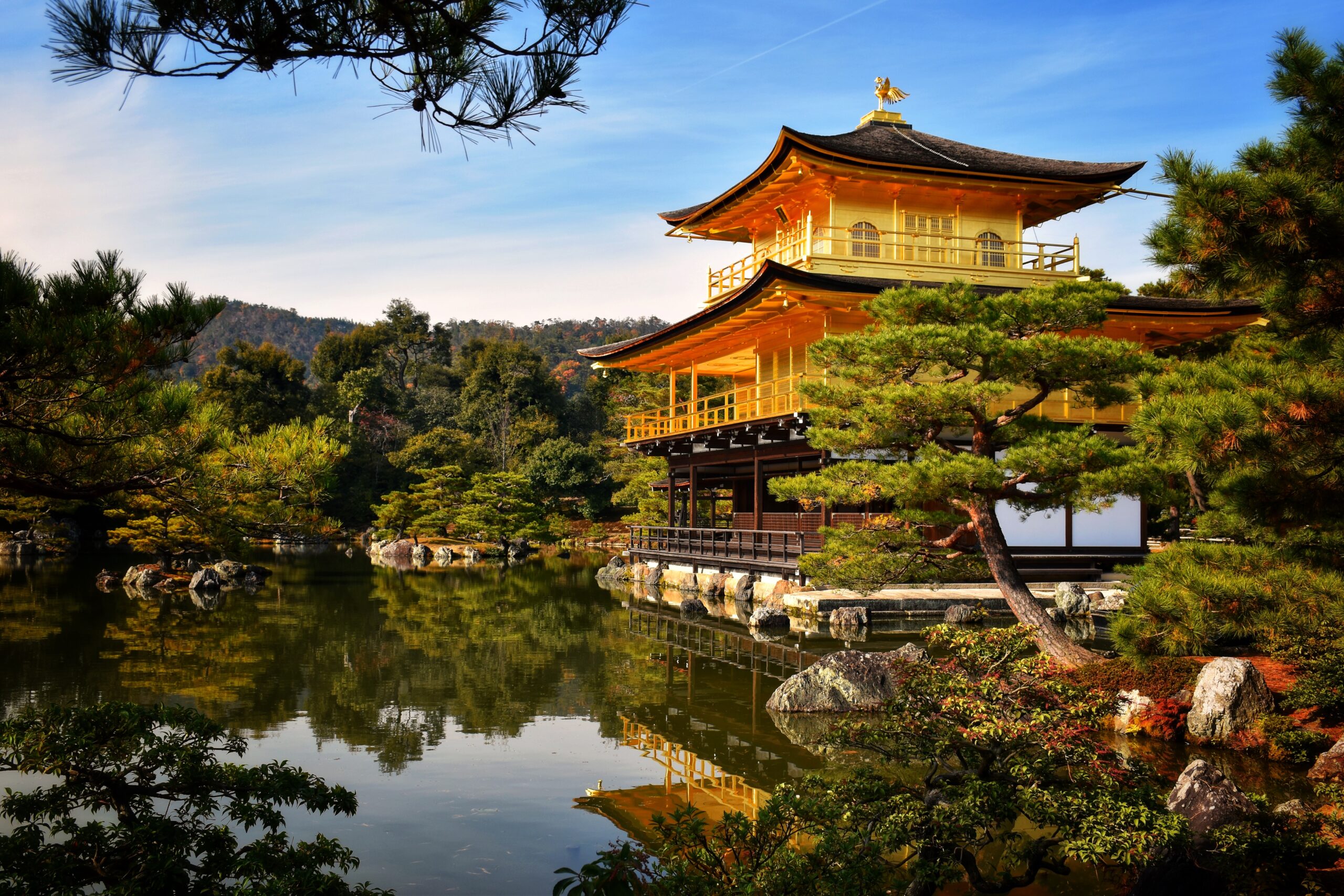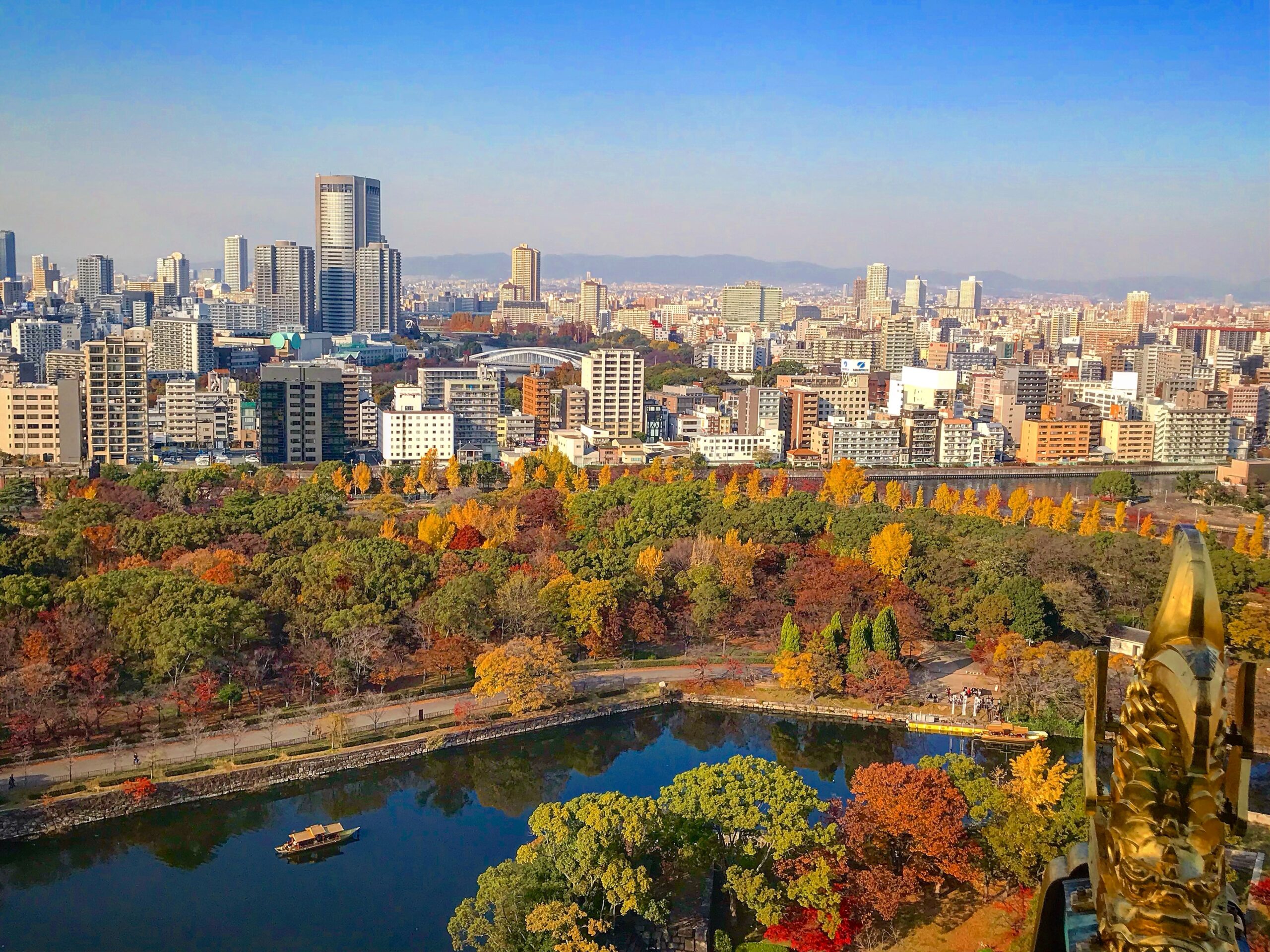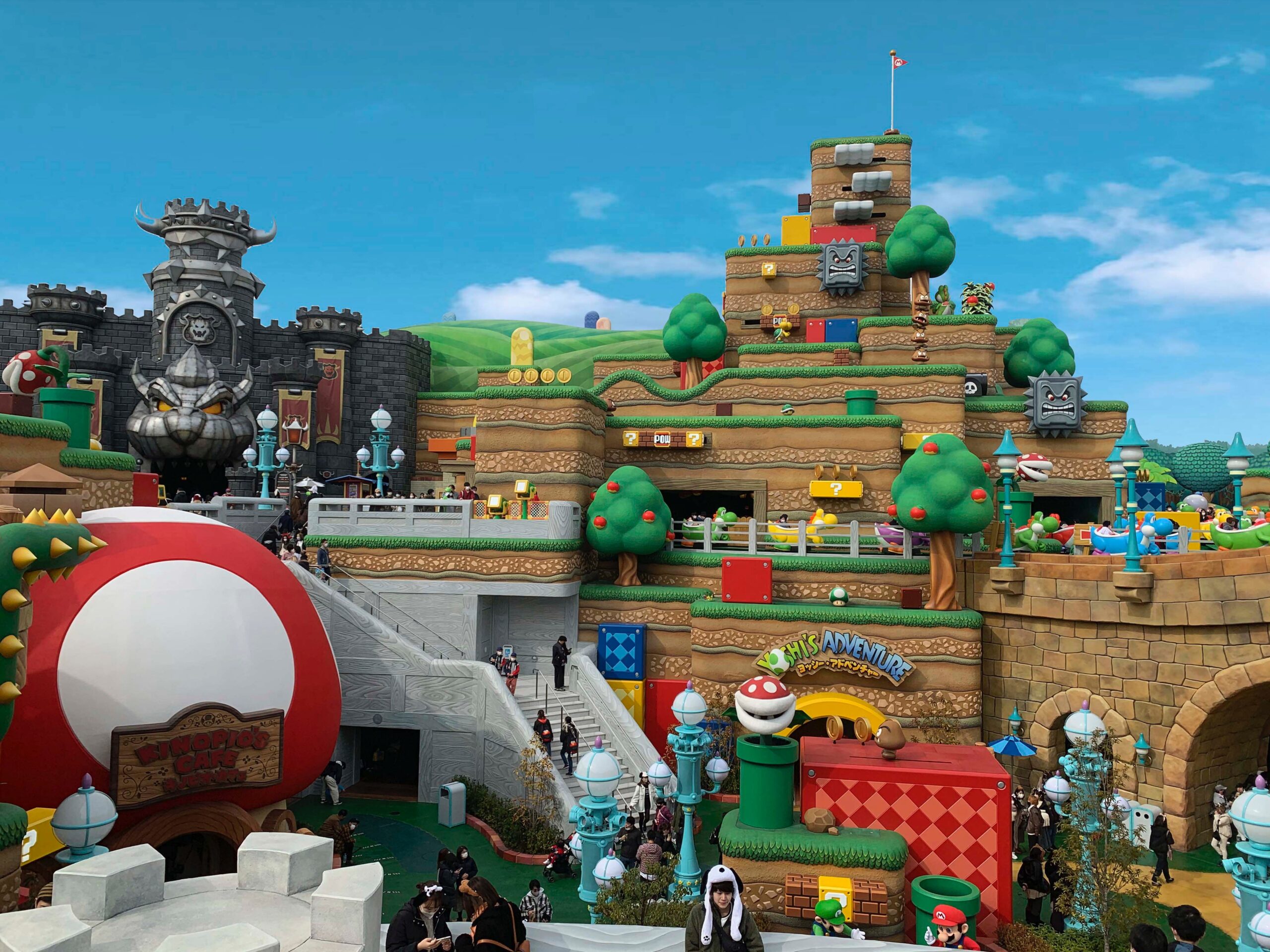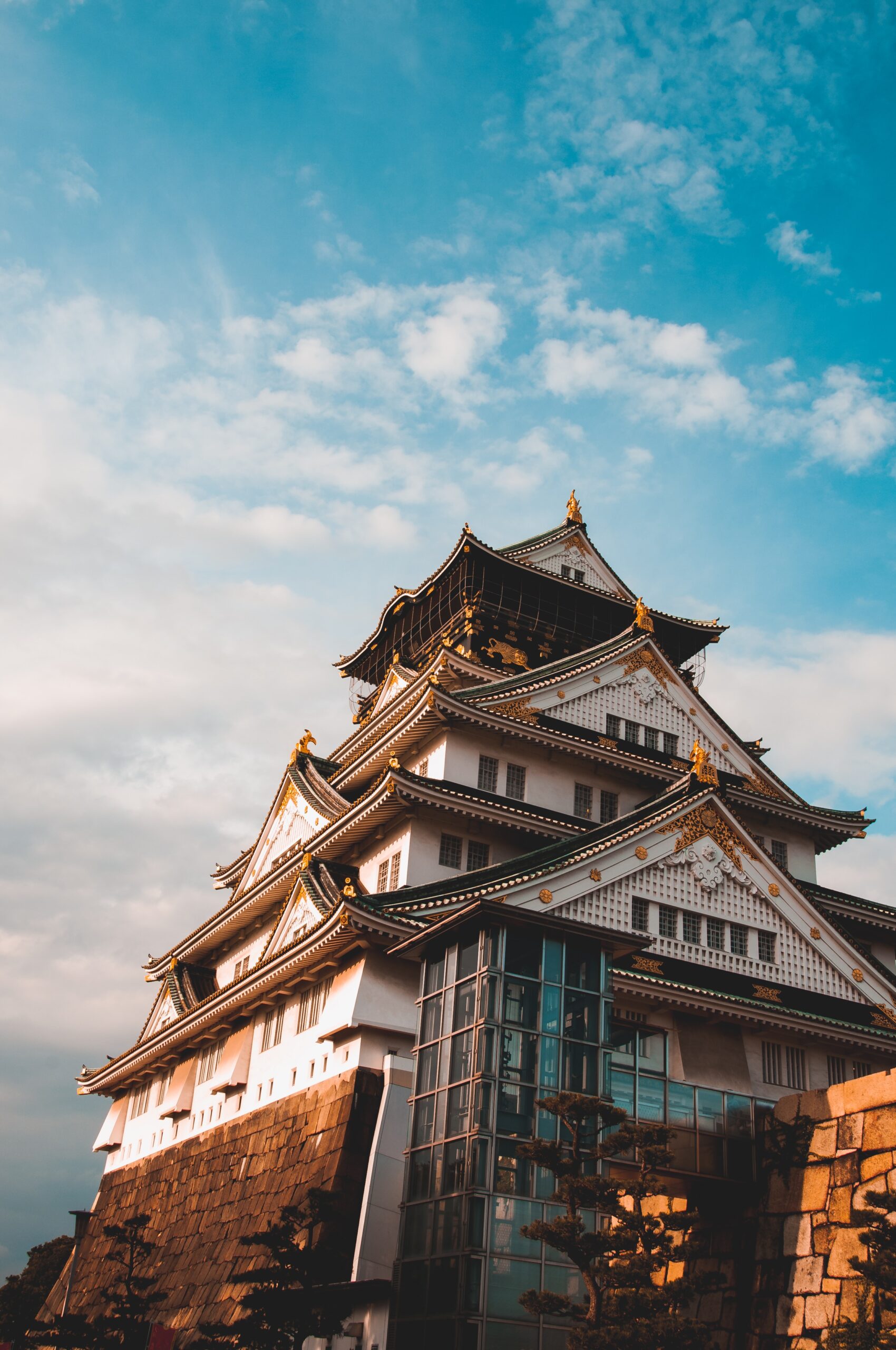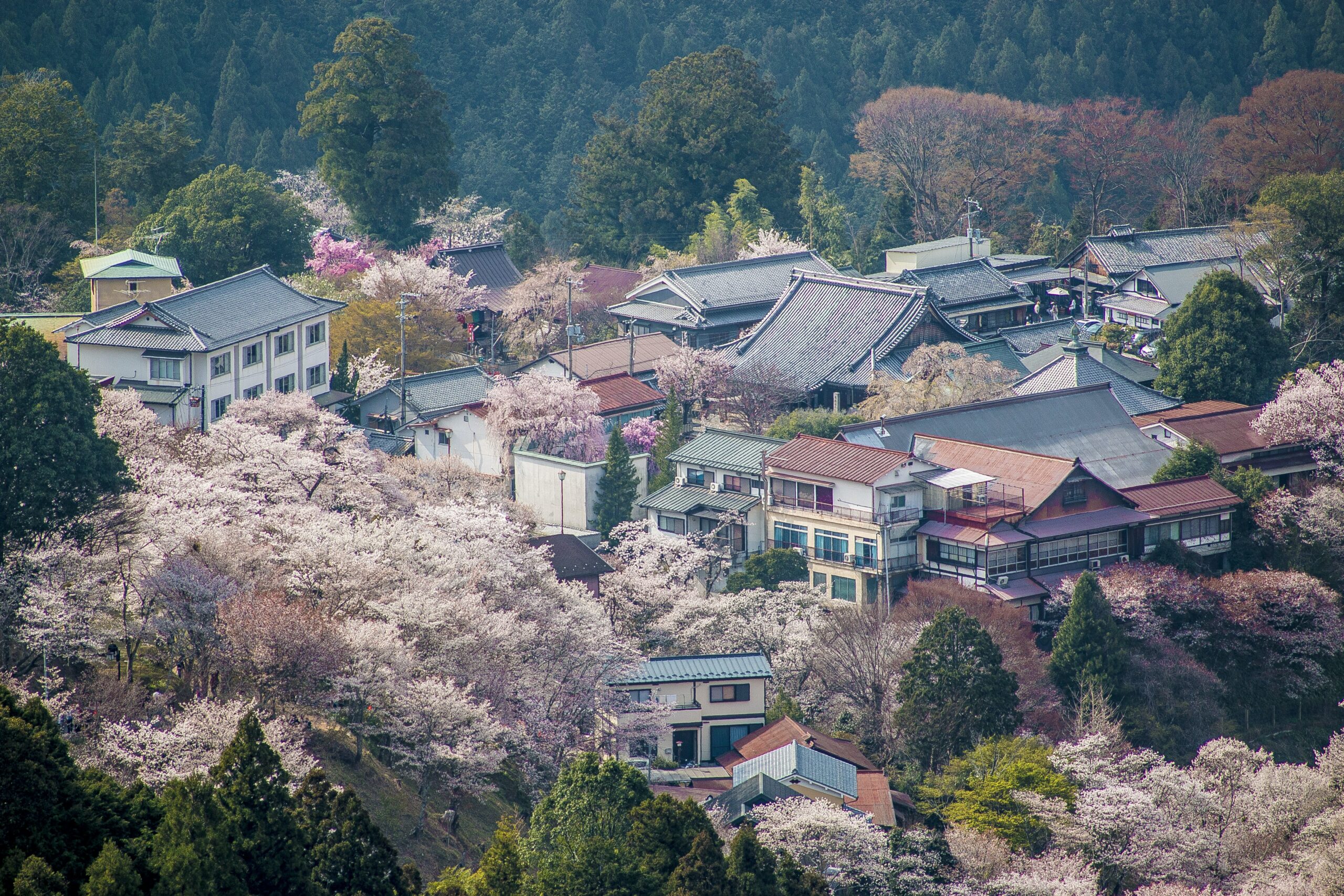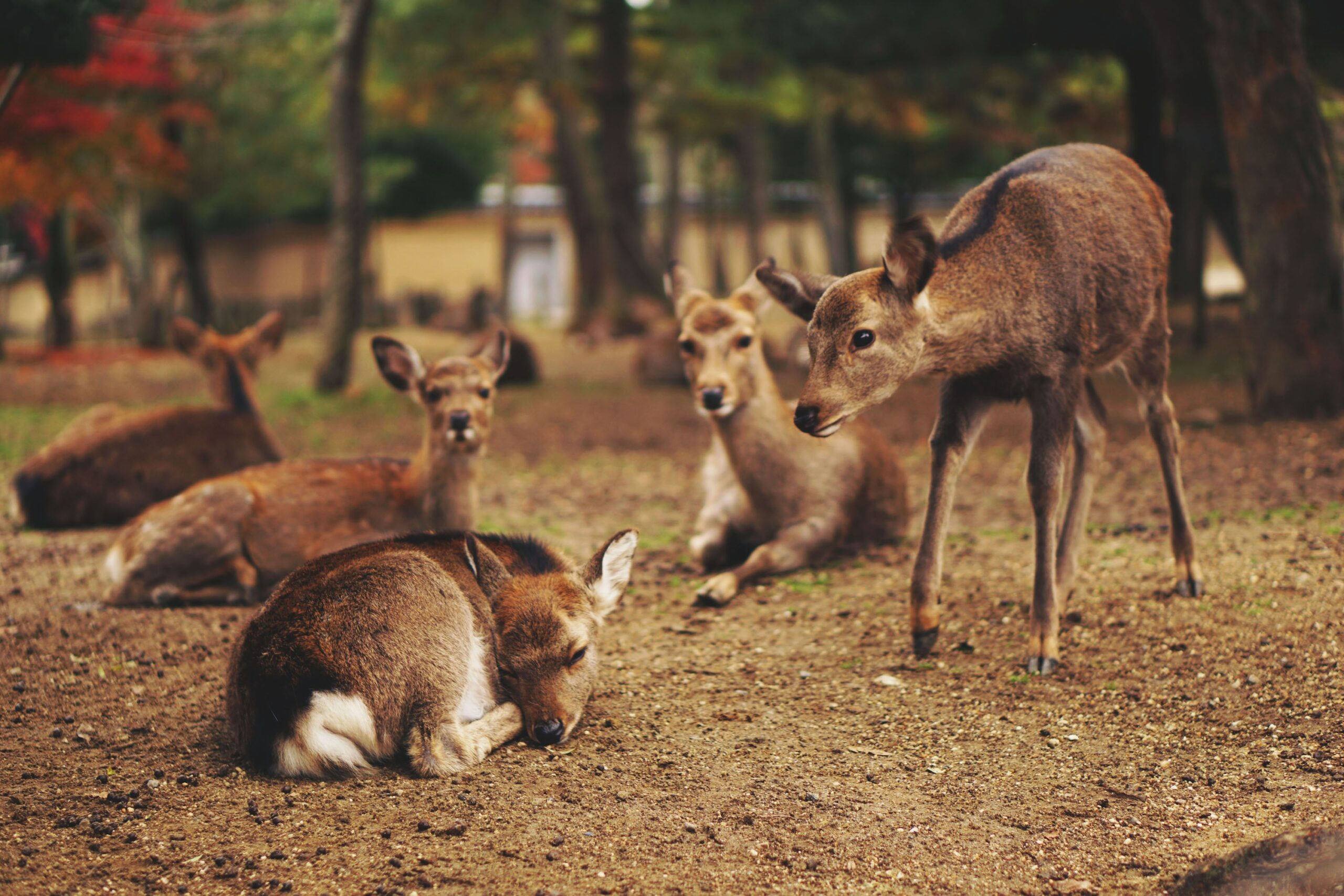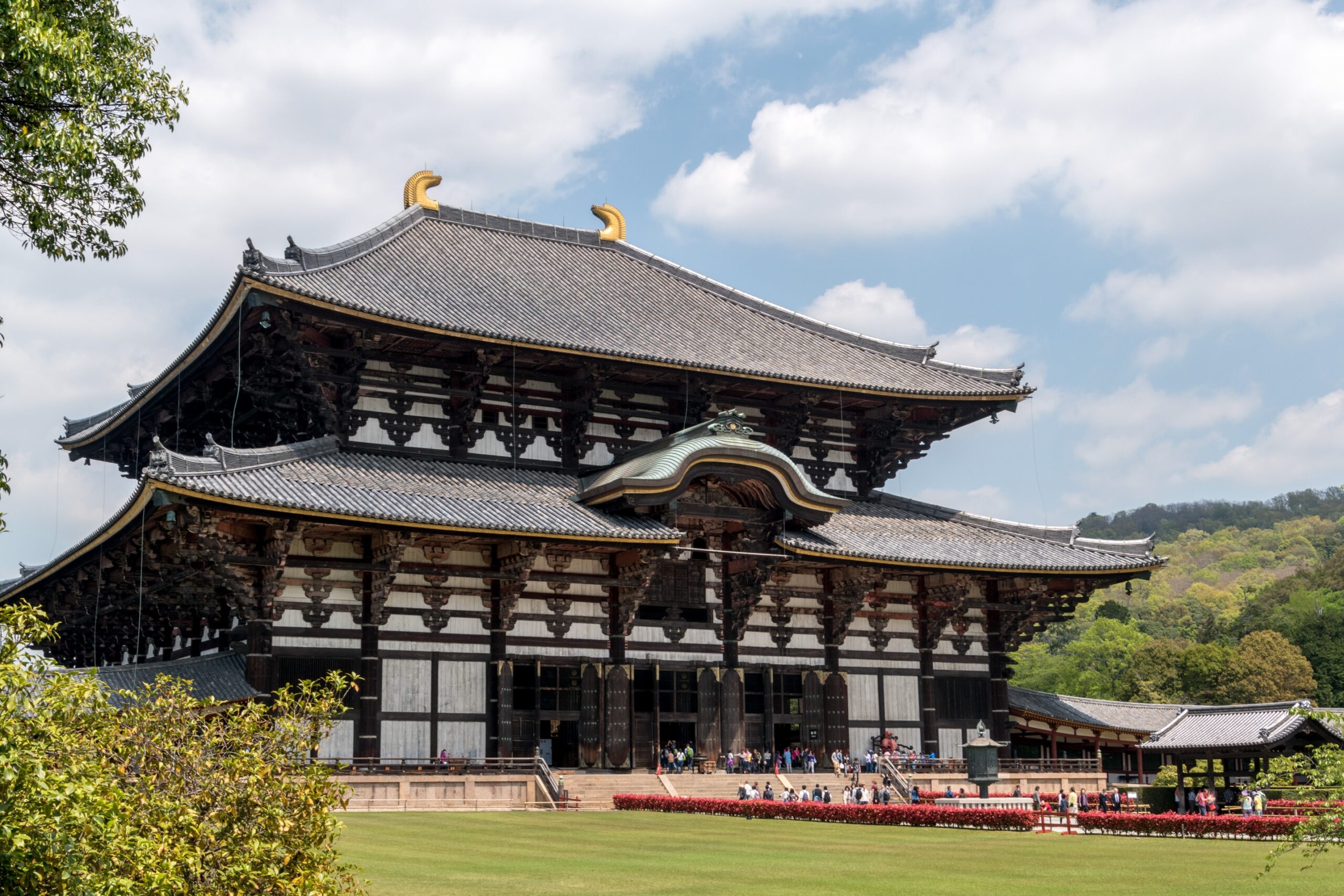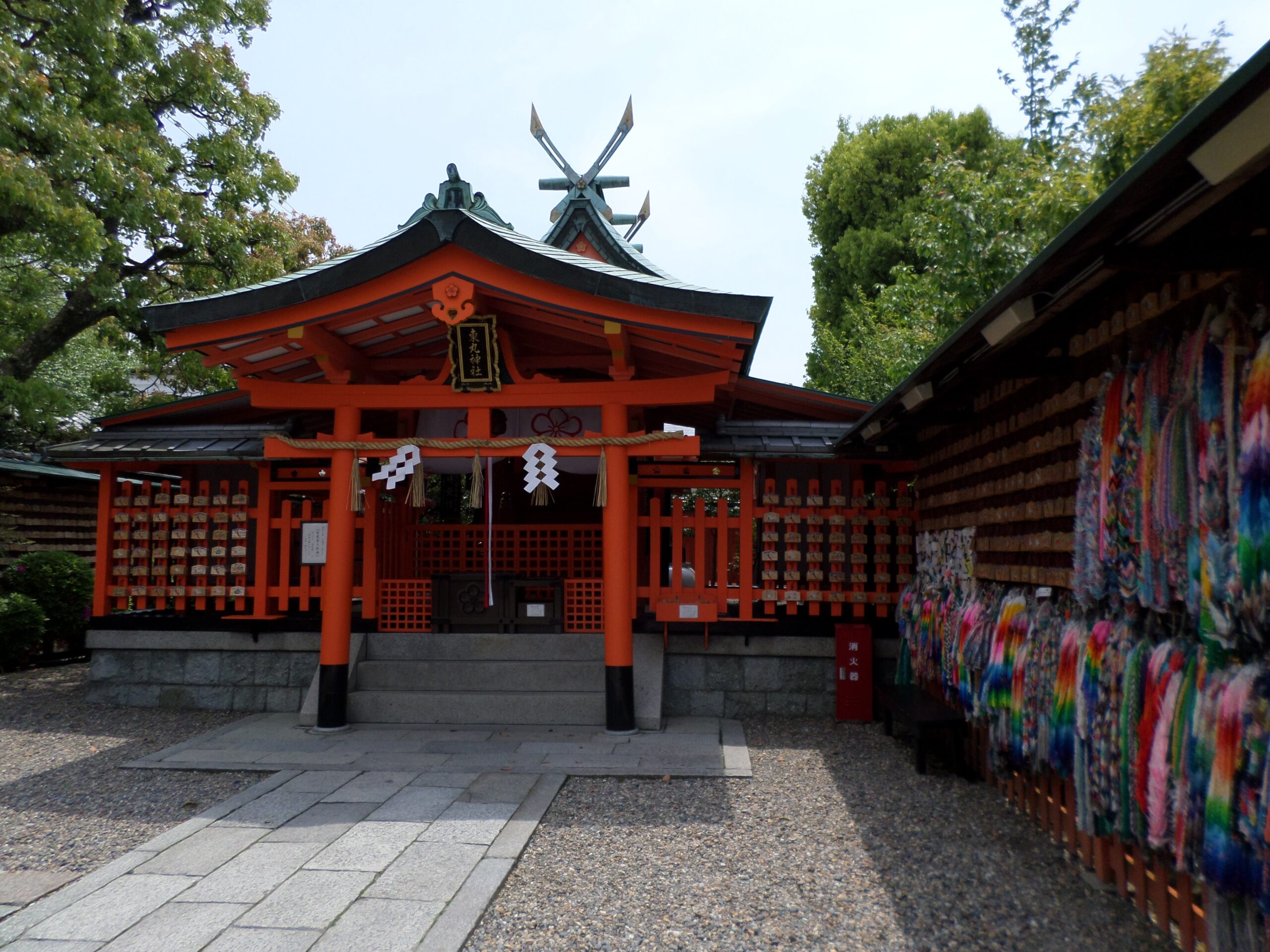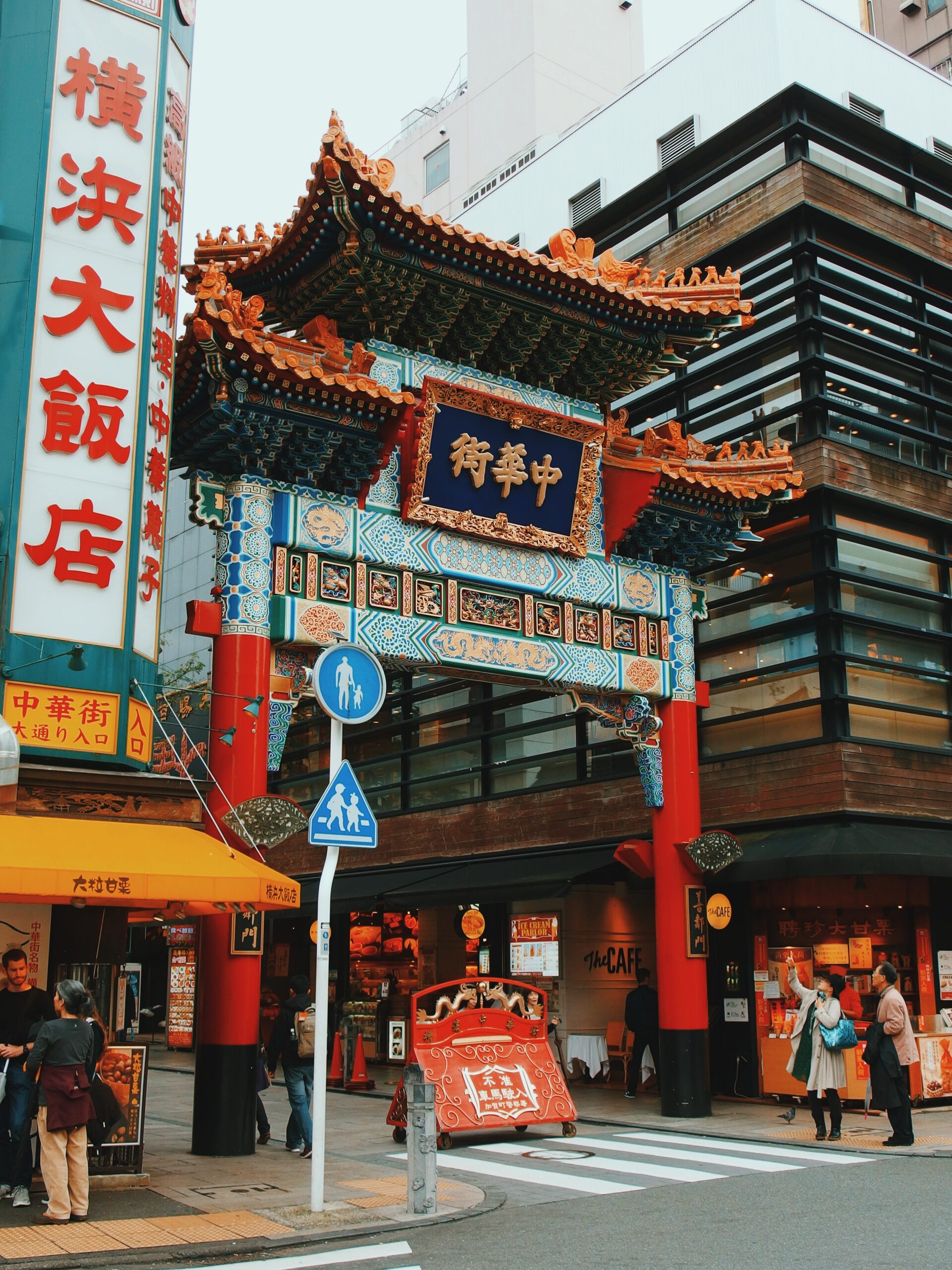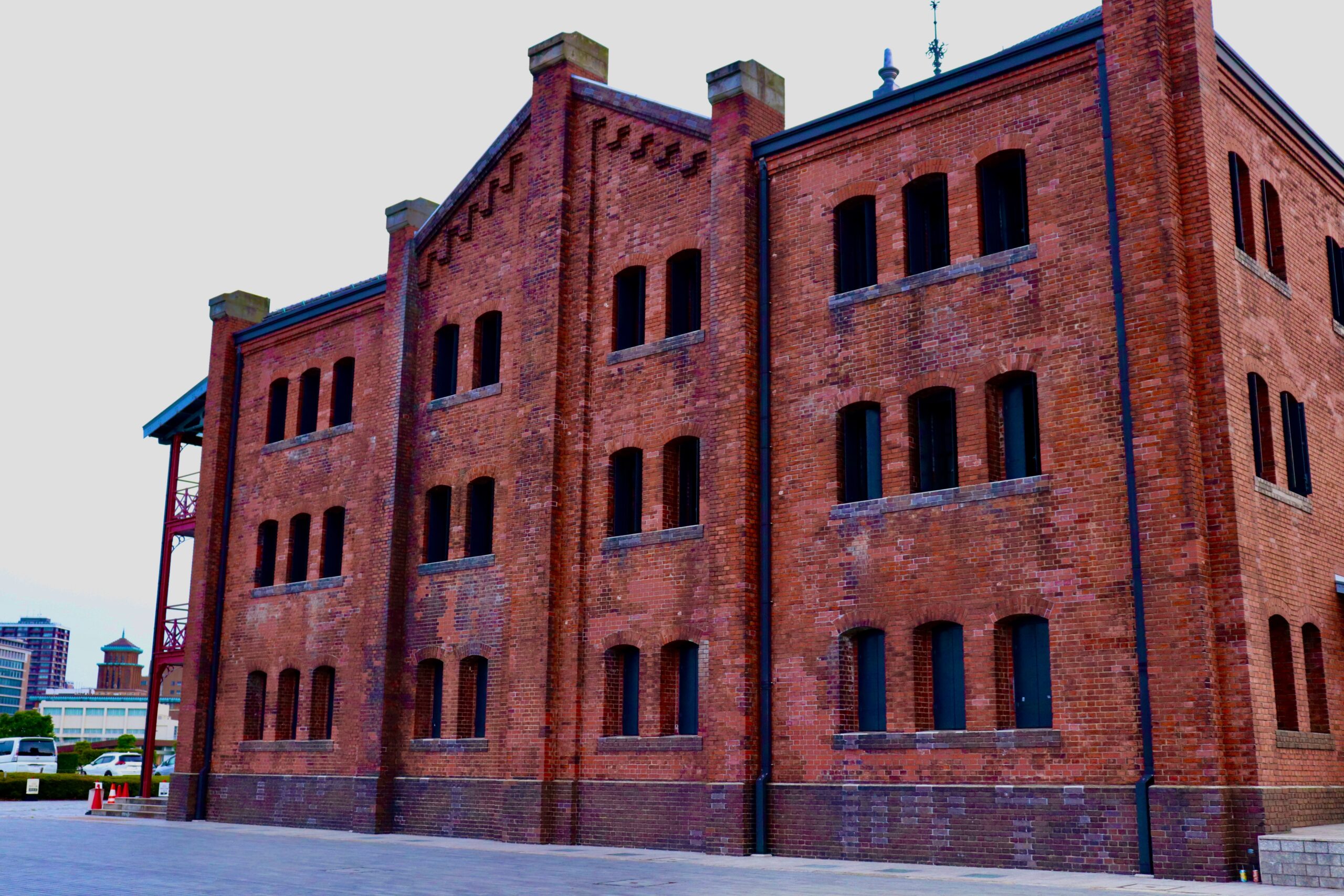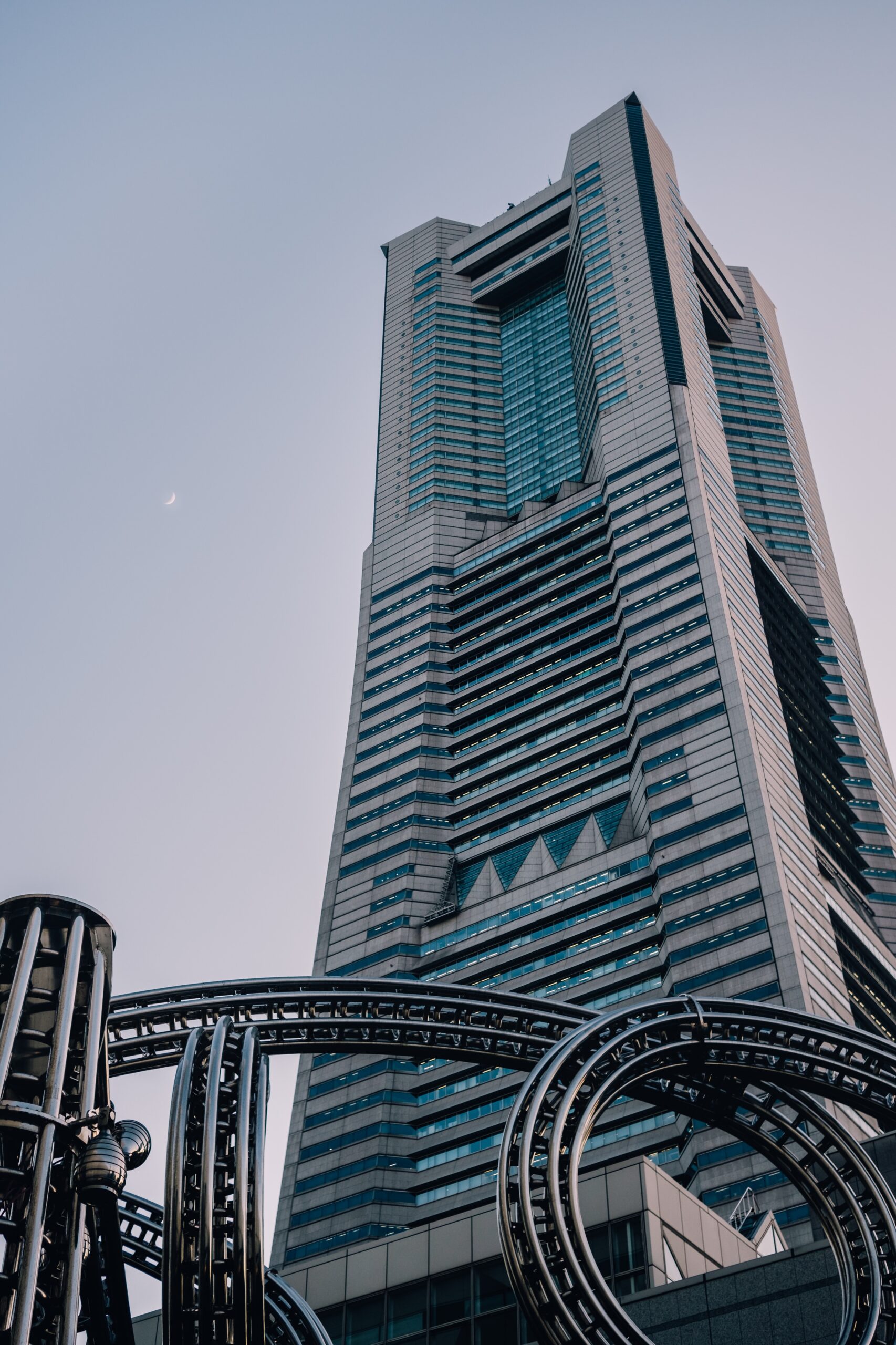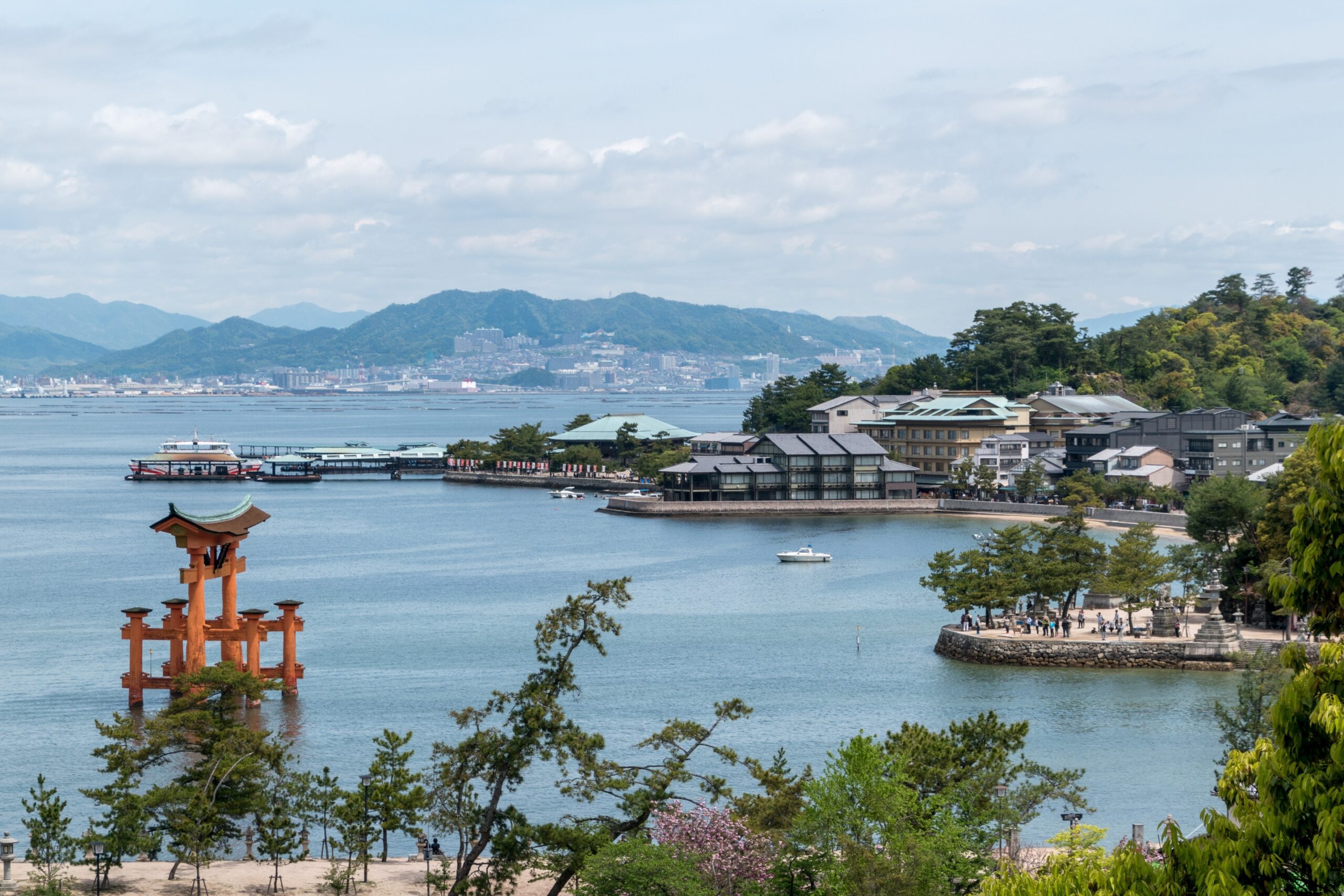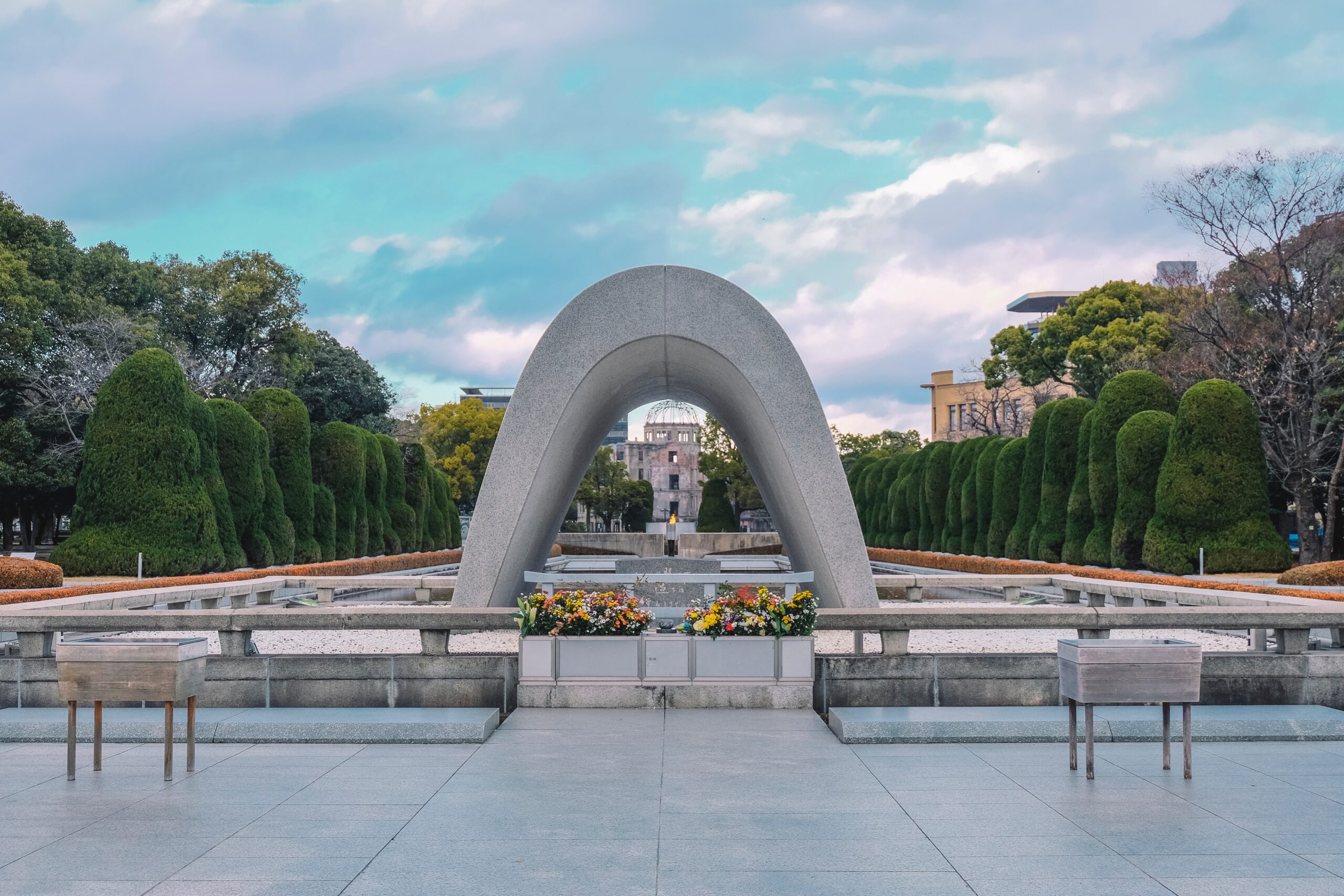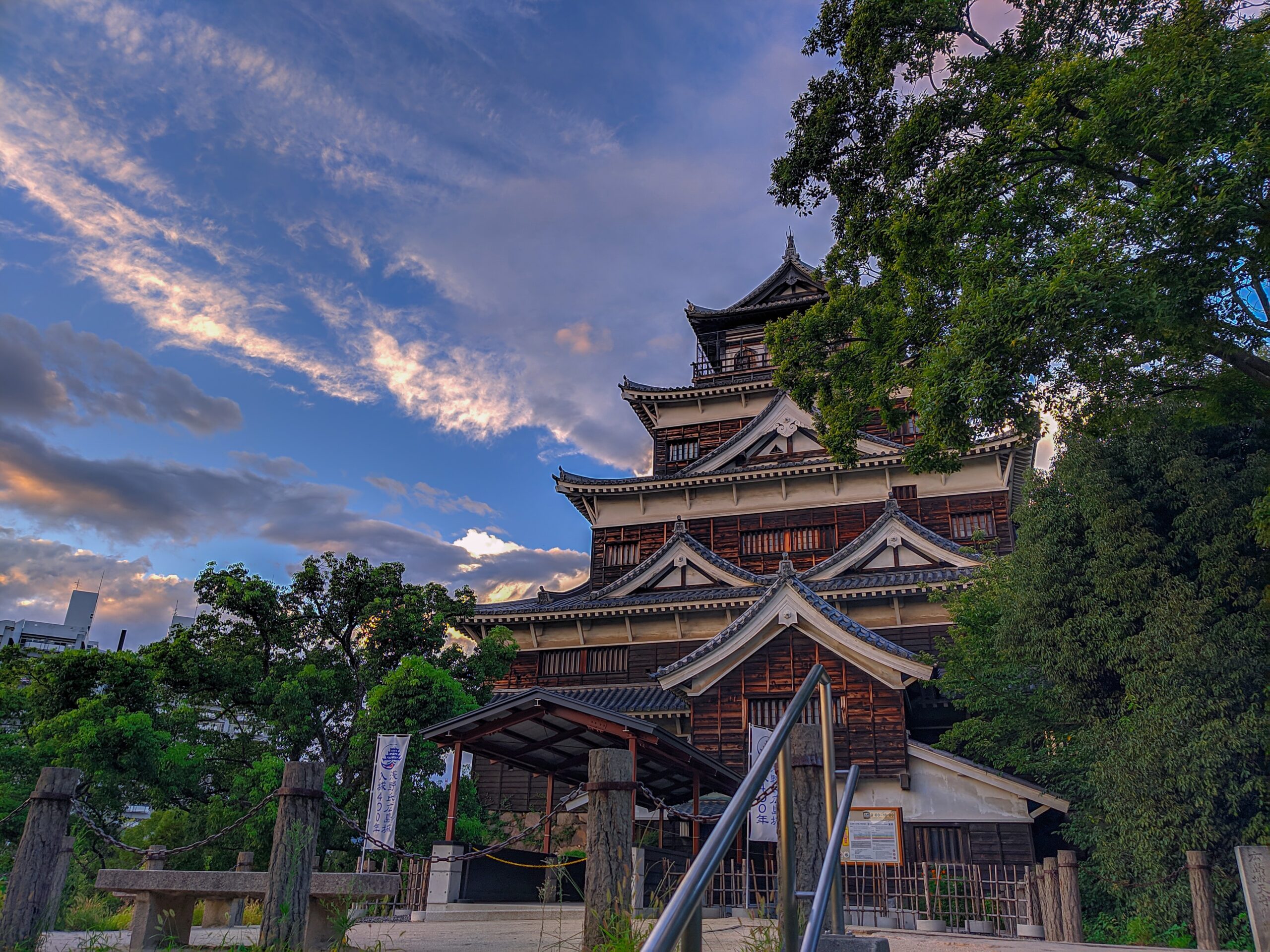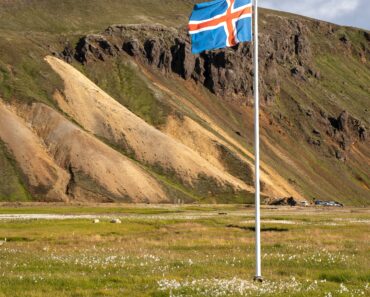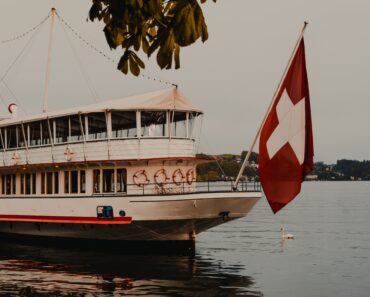When the name Japan is mentioned, what likely comes to mind is the remarkable level of development and prosperity that this nation has achieved. In just a few decades, Japan rose from the devastation left by war to become a symbol of progress and modernity, earning its reputation as a “planet of Japan.” While many are familiar with the country’s present success and may even speculate on its future, fewer are aware of the rich, ancient history and unique Eastern culture that have shaped Japan. The country’s natural beauty is equally captivating, with the iconic cherry blossoms of spring, the majestic Mount Fuji, and snow-capped peaks inviting adventurers to hike and ski. Japan’s landscape is dotted with historic temples, shrines, castles, and palaces, each one a testament to the extraordinary craftsmanship and cultural heritage of the Japanese people. From tranquil parks to cutting-edge amusement parks, Japan offers a diverse array of experiences. All of this and more awaits you if you choose to embark on a journey to explore this fascinating country, where history, culture, and natural wonders come together in perfect harmony.
Tokyo
Tokyo, the capital of Japan, has been the country’s financial, political, and cultural hub since the 19th century. Situated on the eastern coast of Honshu, just west of Tokyo Bay and near the Sumida River, the city offers a unique blend of modernity and tradition.
As one of Japan’s most popular tourist destinations, Tokyo is renowned worldwide for its stunning landscapes, rich cultural heritage, and vibrant history. The city’s museums, particularly in Ueno Park, offer deep insights into Japan’s artistic legacy, while its opera theaters and historical landmarks stand as symbols of its cultural depth. Tokyo also hosts one-of-a-kind recreational experiences, including the famous spring festivals, which celebrate the blooming of sakura trees. Additionally, adventure enthusiasts are drawn to Mount Fuji, Japan’s tallest peak, where activities like hiking and climbing attract tourists from all over the globe. Tokyo seamlessly blends natural beauty, culture, and history, making it a must-visit destination for travelers seeking diverse and unforgettable experiences.
Top 3 landmarks in Tokyo:
1. Tokyo Skytree
One of Japan’s most iconic landmarks, the Tokyo Skytree, stands as a symbol of both the country’s modernity and its rich cultural heritage. Completed in 2012, it has since become the tallest structure in Tokyo, surpassing all other towers in the city, and is also recognized as the official radio and television broadcasting tower.
Beyond its functional purpose, the Tokyo Skytree is a hub for entertainment and shopping, boasting an expansive mall filled with high-end boutiques and stores. Visitors can take in breathtaking, panoramic views of Tokyo from its observation decks, which offer a rare opportunity to witness the sprawling city from a bird’s-eye perspective. For those seeking a truly unique experience, the Skytree also features dining options where guests can indulge in authentic Japanese cuisine while enjoying the stunning sights. Whether you’re visiting during a warm summer day or any other season, the Tokyo Skytree offers an unforgettable experience that combines sightseeing, shopping, and dining in one magnificent location.
2- Tokyo Disneyland
Tokyo Disneyland is one of Japan’s premier tourist destinations, especially when traveling with children. This remarkable theme park is an immersive entertainment world, modeled after the original Walt Disney City in the United States. It holds the distinction of being the first Disney park created outside of the U.S., having opened in the early 1980s, and it stands as the third-largest Disney theme park globally.
Spanning across a vast area, Tokyo Disneyland features seven expansive themed zones that bring beloved Disney characters and stories to life. The park is a dream destination for families, drawing more than 16 million visitors each year. With its magical atmosphere, thrilling rides, and captivating attractions, it promises an unforgettable experience for visitors of all ages, making it an essential stop for any Disney fan or family traveling to Japan.
3- Tokyo Tower
Tokyo Tower is one of Japan’s most captivating and well-rounded tourist attractions, making it an ideal spot for family trips. Standing as the second tallest tower in Japan, it is not only an iconic landmark but also a unique residential building, designed to offer a complete experience within its structure.
The tower features a variety of spaces, including residential apartments and a wide range of service and entertainment areas. Visitors can enjoy dining at diverse restaurants, relaxing at charming cafes, and browsing through shops offering everything from souvenirs to high-end goods. In addition to its shopping and dining options, Tokyo Tower also houses a museum, a tranquil garden, and an art gallery, offering a cultural and scenic experience for all ages. With its mix of attractions, activities, and stunning views, a visit to Tokyo Tower is truly a must-do for anyone exploring the city.
Kyoto
Kyoto, one of Japan’s oldest cities, is a place deeply rooted in the country’s rich cultural and historical heritage. Once the imperial capital of Japan, Kyoto is renowned for its significance in shaping the nation’s traditions, arts, and customs.
As a top tourist destination, Kyoto is celebrated for its stunning array of meticulously preserved historical and architectural marvels. Visitors can explore magnificent temples, shrines, palaces, and castles, each embodying exquisite craftsmanship and timeless beauty. The city’s serene ambiance invites travelers to step back in time and experience Japan’s grandeur.
Beyond its architectural wonders, Kyoto offers a culinary experience that is second to none. Visitors have the opportunity to indulge in the refined art of kaiseki—an elegant multi-course dining experience presented on delicate porcelain—while savoring the true essence of Japanese flavors. The city is also famed for its green tea, brewed from locally grown leaves, which has a distinct taste that cannot be found elsewhere in the world. Whether you are appreciating its historical sites or enjoying its unique gastronomy, Kyoto offers an unmatched experience that captures the heart and soul of Japan.
Top 3 landmarks in Kyoto:
1- Fushimi Inari-Taisha
Located in the heart of Kyoto, one of Japan’s most iconic tourist destinations is a temple renowned for its distinct design, spiritual significance, and deep-rooted cultural beliefs. This temple stands as a symbol of sacredness not only for the local inhabitants of Kyoto but also for the broader Japanese population. Its rich history is intertwined with various myths and legends, making it an essential site for those seeking to understand the spiritual and ideological dimensions of Japan’s traditions.
The temple is particularly famous for its striking architectural features, including an impressive array of nearly 10,000 red torii gates that line the pathways, creating an awe-inspiring and unforgettable sight. As visitors pass through these gates, they are immersed in a serene yet powerful atmosphere, symbolic of the journey toward enlightenment. The entrance is further adorned by meticulously placed stone lanterns, which enhance the sacred feel of the temple grounds.
Adding to the temple’s allure are its famous moving army reliefs—remarkable sculptures that depict scenes of warriors in action, capturing the dynamic and ever-changing nature of Japanese history and myth. These elements combine to make the temple not only an architectural masterpiece but also a living testament to the spiritual and historical heritage of Japan.
2- Kinkakuji Temple
Nestled in the heart of Kyoto, one of Japan’s most renowned and historically significant cities, Kinkaku-ji Temple stands as a true symbol of the country’s rich heritage. Also known as the Golden Pavilion, this iconic landmark boasts a fascinating history that dates back to the late 14th century. Originally constructed as the retirement villa of the powerful military shogun Ashikaga Yoshimitsu, the building eventually transformed into a revered Buddhist temple, marking its place in Japan’s spiritual and cultural legacy.
Kinkaku-ji is perhaps most celebrated for its stunning visual appeal, particularly the radiant gold leaf that covers its top two floors, creating a striking contrast against the surrounding natural beauty. This golden façade, shimmering in the sunlight, serves as a powerful symbol of both luxury and spiritual devotion. The temple is set amidst a meticulously landscaped garden, which further enhances its elegance. The lush greenery, tranquil pond, and carefully arranged rock formations complement the golden pavilion, creating a serene and harmonious atmosphere that draws visitors from around the world.
The combination of its rich history, breathtaking architecture, and the peaceful surroundings of its garden makes Kinkaku-ji a must-see destination, offering a glimpse into Japan’s enduring traditions and aesthetic sensibilities.
3- Kiyomizu-dera Temple
A must-visit landmark in both Japan and Kyoto, the renowned Kiyomizu-dera Temple is a site of immense historical and spiritual significance. Dating back to the 8th century AD, it is one of Japan’s oldest Buddhist temples, with a deep connection to the worship of Kannon, the Goddess of Mercy, who is believed to offer compassion and guidance to all who seek it.
The temple is an exceptional example of traditional Japanese architecture, particularly due to its striking wooden construction. Situated atop a steep hill, Kiyomizu-dera offers visitors breathtaking panoramic views of the city below, making the journey to the temple itself a memorable experience. The main hall, known as the Hondo, is supported by massive wooden pillars and features a large balcony that extends out from the building. Remarkably, this balcony is constructed without the use of any nails or metal fastenings, highlighting the craftsmanship and ingenuity of ancient Japanese building techniques.
The temple’s elevated position, combined with the natural beauty of the surrounding forest and the stunning views of Kyoto’s skyline, adds to its charm and allure. The site is especially popular during cherry blossom season and autumn when the temple’s wooden balcony offers a perfect vantage point to witness the stunning foliage that surrounds it. Kiyomizu-dera’s architectural and cultural significance, along with its serene beauty, make it a true gem of Japan’s rich religious heritage.
Osaka
Osaka, often referred to as the “Venice of the East,” is a vibrant metropolis situated on the southwestern coastline of Honshu Island, near the Yodo River’s source. Positioned along a historical corridor connecting the ancient cities of Kyoto and Nara, Osaka stands as one of Japan’s most significant and expansive urban centers.
From a tourist perspective, the city is a fascinating blend of natural beauty and historical depth, offering an abundance of attractions that draw visitors from all over the world. Notably, the city is famous for its extensive network of canals and bridges—there are hundreds, even up to a thousand, that traverse the waterways, creating a picturesque landscape. Osaka’s rich history dates back to the very origins of Japan’s statehood, with deep-rooted cultural and historical significance. In addition to its historical allure, the city showcases the dynamic and contemporary side of Japan, with cutting-edge modern architecture that reflects unique, bold design choices, contrasting beautifully with the city’s traditional elements. Whether it’s the harmony of ancient and modern, or the beauty of the city’s waterways and architecture, Osaka has something for every kind of traveler.
Top 3 landmarks in Osaka City:
1- Universal Studios Japan
Among Japan’s top tourist destinations is Universal Studios, one of the world’s four largest and most visited theme parks, attracting over 10 million visitors annually. A significant portion of these visitors are families and children, drawn to the park’s unique and immersive experiences.
Universal Studios boasts a vast array of thrilling attractions and action-packed rides that cater to all ages and preferences, offering an exciting blend of heart-pounding adventure and magical experiences. The park’s meticulously designed environments bring international favorites to life, creating an atmosphere reminiscent of the most renowned theme parks worldwide. In addition to its exhilarating rides, visitors can enjoy horseback riding and explore a wide variety of shopping opportunities. Numerous high-end stores showcase some of the most celebrated global brands, providing an ideal space for both leisure and shopping. Universal Studios offers a perfect blend of excitement, entertainment, and retail therapy, making it a must-see destination for anyone visiting Japan.
2- Dotonburi Region
For a vibrant and captivating introduction to Osaka’s culture and history in one unforgettable experience, look no further than the Dotonbori District, a cornerstone of the city’s charm and one of Japan’s most popular tourist destinations.
As you wander through Dotonbori, you’ll be immersed in a lively atmosphere dominated by a bustling main street lined with an eclectic mix of restaurants, cafes, bars, and traditional shops. The iconic neon lights and flashing signs create an unmistakable, colorful glow that brings the area to life, giving it a unique charm and energy. Adding to this dynamic environment are various street performances, from playful clowns to energetic drummers, and even outdoor screenings of movies on cutting-edge digital billboards. This mix of entertainment, local customs, and vibrant street culture makes Dotonbori not only a place to shop and eat, but a sensory experience that embodies the essence of Osaka. Visitors can also observe the fascinating blend of the local population, their traditions, and customs, making this district a perfect snapshot of the city’s heartbeat.
3- Osaka Castle
Osaka Castle is one of Japan’s most iconic and historically significant landmarks, with its origins tracing back to the 16th century, though it is often associated with Japan’s ancient military history. It was originally constructed by the renowned warlord Toyotomi Hideyoshi in the late 1500s and holds immense cultural value due to its strategic importance and the prominent military leaders who oversaw its creation.
One of the castle’s most impressive features is the South Hideyoshi Stone, the largest stone used in its construction, weighing in at a remarkable 20 meters in length, not including its base. Another notable element is the famed Hokuku Shrine, which resides within the castle grounds, adding to its spiritual and cultural depth.
Throughout its history, Osaka Castle has faced numerous periods of destruction and reconstruction, a testament to its enduring legacy. The most recent reconstruction took place in 1931, restoring it to its former grandeur. Visitors to the castle today can ascend its five-story main tower, which offers breathtaking panoramic views of Osaka, providing a stunning contrast between the castle’s ancient walls and the modern city that surrounds it.
Nara
Nara is a charming, compact city located in the heart of Honshu Island, nestled between the historic cities of Kyoto and Osaka. Despite its modest size, Nara holds immense historical and cultural significance, having served as Japan’s capital for over seventy years. During this time, it became a beacon of cultural growth and prosperity, laying the foundation for many of Japan’s most revered traditions.
Today, Nara attracts roughly one million visitors annually, drawn to its unique blend of history, natural beauty, and cultural treasures. The city’s layout offers an extraordinary experience, as many of its landmarks are conveniently situated near the vast, scenic grounds of Nara Park.
During the day, visitors can explore the majestic temples, shrines, and ancient structures that dot the city’s landscape, all while being accompanied by friendly herds of deer that roam freely through the park. These gentle creatures, often regarded as messengers of the gods, may curiously approach you before dashing off into the lush forests surrounding the area. As night falls, Nara takes on a different charm, with bustling traditional markets where you can shop for finely crafted wooden goods, delicate ceramics, and elegant Elichoa fans, offering a glimpse into the city’s rich artisan culture. Nara, with its seamless fusion of history, nature, and craft, offers a truly captivating experience for every traveler.
Top 3 landmarks in Nara:
1- Nara Park
One of Japan’s most captivating tourist destinations, Nara offers a rich blend of history, culture, and natural beauty, all set amidst the serene environment of lush forests, tranquil ponds, and elegant bridges. Visitors are immersed in an experience where wild deer wander freely, adding to the sense of harmony with nature. The area is also home to numerous historical landmarks, making it a perfect place for those seeking both cultural depth and picturesque landscapes.
A highlight of Nara is Nara Park, Japan’s oldest public park, established in the 13th century. This expansive park is home to iconic attractions, including the tranquil Sarusawa Water Pond, which reflects the beauty of its surrounding scenery. Not far from the park stands the revered Yonim Shrine, known for its spiritual significance. Kofuku-ji Temple, one of Nara’s ancient landmarks, is also a must-see, offering insight into the city’s Buddhist heritage. The Great Buddha Hall at Todai-ji Temple, which houses the world’s largest wooden statue of the Buddha, stands as a monumental symbol of Japan’s architectural prowess and religious history. Another must-see is the grand Nandaimon Gate, a majestic structure with its towering 18 pillars that add to the historic grandeur of the area. Together, these sites showcase the fusion of Nara’s natural beauty and deep historical roots, making it a destination that offers a truly enriching experience.
2- Tōdai-ji Temple
Todaiji Temple, which translates to “Great East Temple,” is an absolute must-visit when planning a trip to Japan, especially if you are interested in exploring the rich historical and spiritual heritage of Nara. As one of the seven most prominent temples in Nara, Todaiji stands out not only for its historical significance but also for its awe-inspiring architectural beauty.
Nestled within the peaceful surroundings of Nara National Park, Todaiji is renowned for housing the magnificent bronze statue of the Great Buddha, or Daibutsu, which is one of Japan’s most iconic cultural treasures. This impressive statue, dating back to the mid-8th century, is a stunning representation of Buddhist art and serves as a symbol of peace and enlightenment. The temple itself, with its grand structure and serene atmosphere, offers visitors a glimpse into the ancient spiritual practices that have shaped Japan’s cultural landscape. A visit to Todaiji Temple is an unforgettable journey into the heart of Nara’s rich history and its enduring religious traditions.
3- Large Kasuga Shrine
Kasuga Taisha Shrine, one of Japan’s most revered and culturally significant landmarks, is an essential stop for anyone visiting the country, drawing both tourists and locals alike. Its design, deeply rooted in traditional Japanese architecture and culture, stands as a testament to Japan’s rich spiritual heritage. The shrine holds particular importance due to its high sanctity among local citizens, serving as a central place of worship and a symbol of the country’s enduring religious traditions.
Dating back to the 8th century, Kasuga Taisha is listed as a UNESCO World Heritage Site, reflecting its historical and cultural value. The shrine complex consists of four distinct buildings, each dedicated to different Japanese gods, and they have retained their traditional design elements through continuous restoration efforts over the centuries. Despite undergoing regular preservation, the buildings maintain their original charm and beauty, offering a glimpse into Japan’s ancient architectural practices.
One of the standout features of Kasuga Taisha is its striking red wooden design, which contrasts beautifully with the pristine white walls. The serene atmosphere is further enriched by the surrounding natural beauty of Kasugayama Reserve, where the gentle rustle of trees, the melodic songs of birds, and the sight of deer wandering freely through the grounds create a peaceful, almost mystical ambiance. Kasuga Taisha is not only a spiritual destination but also a place where the tranquility of nature and the splendor of traditional Japanese design come together harmoniously.
Yokohama
Yokohama stands as one of Japan’s most dynamic and densely populated cities, attracting millions of visitors each year. This bustling metropolis is renowned not only for its impressive scale but also for its stunning natural landscapes. The city’s coastal location, with its dramatic mountains meeting the sea, offers breathtaking views and a serene beauty, while its beaches provide a perfect escape. The striking architecture of Yokohama’s modern buildings adds an impressive visual appeal, showcasing the city’s development as a hub of innovation and culture.
Yokohama’s nightlife is another major draw, with vibrant bars, lively parks, and bustling markets that pulse with energy, much like its nearby neighbor, Tokyo. The city offers an exciting mix of entertainment, shopping, and dining, ensuring that there’s something for every type of traveler to enjoy.
When you explore Yokohama, you’ll quickly realize that it feels like a microcosm of several different Japanese cities, all brought together into one unique place. The blend of natural beauty, modern architecture, and lively urban energy makes Yokohama a captivating destination that offers an unforgettable experience for both first-time visitors and returning travelers.
Top 3 landmarks in Yokohama:
1- Yokohama Chinatown
Have you ever imagined visiting another country while staying in Japan? Well, that dream can come true when you visit Chinatown in Yokohama, the largest of its kind in both Japan and the world. Located right in the heart of this vibrant city, Yokohama’s Chinatown offers a unique cultural experience that transports you straight to China without ever leaving Japan.
As you step into Chinatown, you’ll immediately be enveloped by the authentic Chinese atmosphere. From the delicious array of Chinese meals and drinks to the colorful street decorations, the entire area feels like a fusion of two worlds. The streets are lined with shops selling traditional Chinese crafts, from intricate decorations to herbal remedies, each offering a glimpse into China’s rich heritage and culture. Whether you’re exploring the markets, savoring authentic Chinese cuisine, or simply wandering through the vibrant streets, a visit to Yokohama’s Chinatown is a truly unforgettable experience that brings the best of Chinese culture to Japan.
2- Yokohama Red Brick Warehouse
One of the most enchanting tourist destinations in Japan, particularly ideal for family vacations or romantic honeymoon trips, is this location, especially during the winter months. The site features ice skating rinks that create a magical winter atmosphere, perfect for visitors of all ages. Throughout the year, it continues to be a lively destination with a wide variety of shops, including those offering beautiful crafts and handmade goods, as well as stores selling everyday items. The area also includes a restaurant courtyard, perfect for enjoying a meal, and a party hall that hosts various events and gatherings.
Historically, this building served as a customs and freight shipping warehouse during the 1920s until the late 1980s. However, since 2002, it has been transformed into a popular tourist attraction, offering a diverse range of recreational activities for both locals and visitors. Today, it serves as a vibrant hub where people can enjoy a blend of shopping, dining, and entertainment, all while experiencing the charm of its historical architecture.
3- Yokohama Landmark Tower
The Yokohama Landmark Tower is undoubtedly one of Japan’s most awe-inspiring tourist destinations, and it could easily be considered one of the country’s most iconic landmarks. Standing at an impressive height of around 750 meters, it is the tallest building in Yokohama and one of the tallest in Japan.
Beyond its towering presence, the Yokohama Landmark Tower offers visitors a breathtaking panoramic view of the entire city, as well as a sweeping vista that extends all the way to Tokyo. From the observation deck, you can take in not just the striking cityscape, but also glimpses of the surrounding bays and mountains. The real thrill of visiting comes with the high-speed elevator, which takes you up to the observation floor in a mere 40 seconds, allowing you to ascend rapidly and effortlessly. Once at the top, the spectacular view will leave you in awe, providing an unforgettable experience of Yokohama and its stunning surroundings.
Hiroshima
Hiroshima stands out among Japan’s tourist destinations due to its unique blend of ancient architecture and modern history. The city is home to numerous historic buildings, some of which date back to Japan’s ancient past, including the Edo period, offering visitors a glimpse into the country’s rich cultural heritage. At the same time, Hiroshima carries profound significance as the site of the tragic nuclear bombing during World War II, an event that shaped the city’s resilience and its journey toward peace.
Visiting Hiroshima is like a journey through time, where ancient traditions and contemporary history intertwine. From the serene beauty of its historic structures to the somber yet hopeful atmosphere surrounding the Hiroshima Peace Memorial Park, the city offers a deeply reflective and educational experience. It’s a place where the past and present coexist, giving visitors a chance to honor the history of this resilient city while also celebrating the enduring spirit of its people.
Top 3 landmarks in Hiroshima:
1- The Ginbaco Dome, the Atomic Bomb Dome (Hiroshima Peace Memorial)
The Atomic Bomb Dome is an unmissable landmark for any visitor to Hiroshima, offering a powerful and poignant reminder of the city’s past. This remarkable structure stands as a living testament to the immense tragedy and resilience of Hiroshima’s people during and after the devastating nuclear bombing in World War II.
The building, once the Hiroshima Prefectural Industrial Promotion Hall, is located directly beneath the epicenter of the atomic blast, yet it miraculously survived, standing relatively intact while the surrounding structures were obliterated. Its survival, despite the destruction of most vital facilities in the city, serves as a powerful symbol of endurance and hope. In recognition of its historical significance, the local residents immortalized the site, preserving it as a monument to the lives lost and the city’s determination to rebuild.
Today, the Atomic Bomb Dome is not only a major tourist attraction but also a UNESCO World Heritage Site, having been officially recognized in the mid-1990s. A visit to this hauntingly beautiful structure offers both a somber reflection on the past and a tribute to the resilience and spirit of Hiroshima’s people.
2- Hiroshima Peace Memorial Museum & Park
This monument stands as one of Japan’s most significant and meaningful tourist attractions, celebrated not only for its stunning and award-winning architectural design but also for its poignant commemoration of the victims of the horrific nuclear bombing that devastated Hiroshima in the mid-1940s.
The monument itself is a curved structure, symbolizing peace and hope, with its central stone serving as a focal point for reflection. Surrounded by a lush, peaceful garden, the site bears the engraved names of around 290 individuals from various nationalities who perished during the bombing. This list is updated annually as more names are added, honoring the continuing memory of those lost. The monument serves as both a tribute to the lives taken that day and a solemn reminder of the devastating impact of war, making it a deeply moving destination for all who visit Hiroshima.
3- Hiroshima Castle
One of the must-see monuments in Japan, especially for those interested in exploring the country’s rich history dating back to the Edo period, is the historic Edo Castle, now known as Tokyo Castle. Though the exact date of its construction remains uncertain, it is widely believed to have been built during the reign of the Fukushima clan, around the early 17th century.
The castle, with its distinct flat design, has withstood numerous destructive events over the centuries, including several attacks and the ravages of war. The most significant of these was during World War II when it was severely damaged in the bombing raids. Following the devastation, a complete reconstruction took place between the 1950s and 1980s, transforming it into the magnificent structure it is today. Now functioning as a museum and a prominent tourist attraction, Edo Castle serves as a window into Japan’s past, offering visitors a deeper understanding of the city of Tokyo’s transformation and the country’s rich history and culture.
In conclusion, dear traveler, a trip to Japan can be summed up in two words: harmonious adventure. It’s a journey to a country with a peaceful climate, an impeccably organized and clean environment, and warm, courteous people whose kindness and hospitality are unmatched anywhere in the world. From the captivating sights to the diverse and enriching experiences, Japan offers a wealth of unique tours and cultural treasures that will leave you with unforgettable memories.

